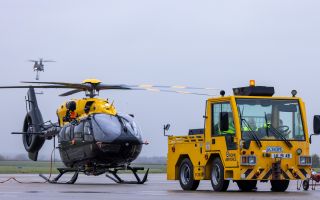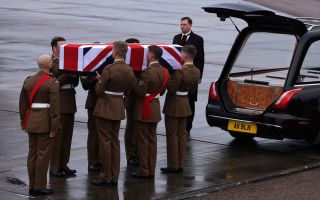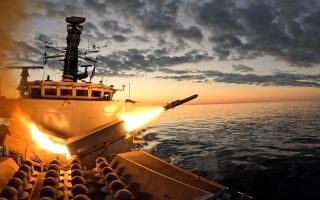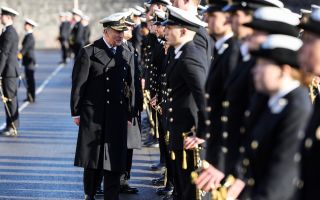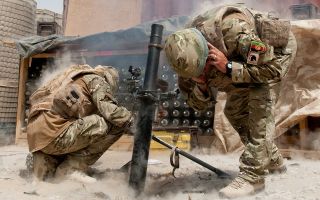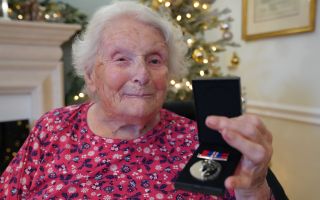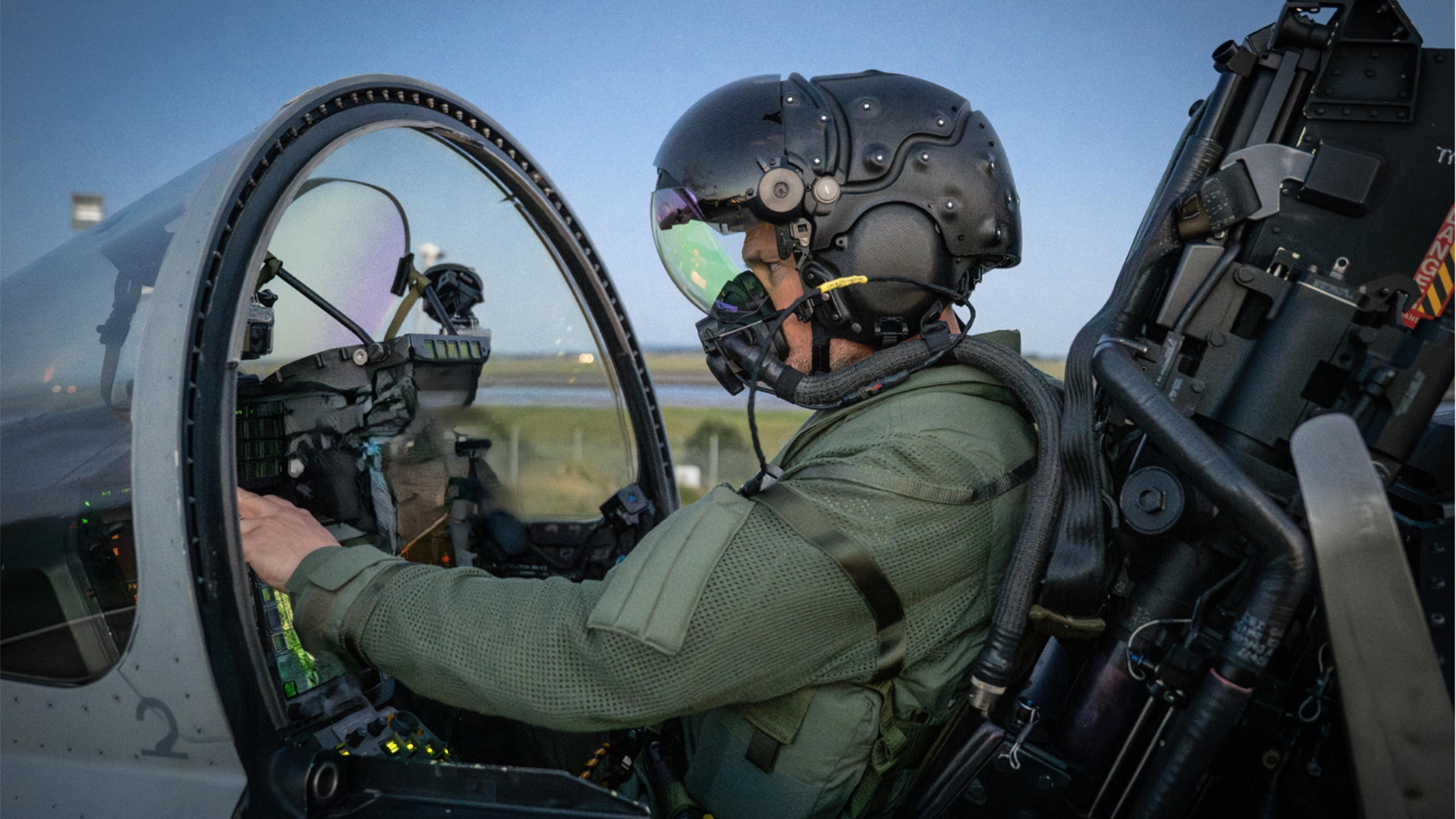
Striker II state-of-the-art helmet heading for production readiness after £133m boost

The cutting-edge Striker II helmet-mounted display is set to be production-ready after the consortium behind the Eurofighter Typhoon awarded BAE Systems a £133m contract.
The investment from the four-nation consortium – Germany, Italy, Spain and the UK – means BAE Systems' engineers can continue to improve the helmet's capability alongside a programme of flight testing.
Striker II is one of the world's most advanced fighter aircraft helmets and is the only helmet-mounted display (HMD) to combine a 40° field of view, daylight readable colour display and built-in night vision.
- Meet the team supporting members of the RAF Family for more than 100 years
- Britain is proud of you for what you do, Starmer tells personnel on visit to Cyprus
- RAF F-35s pave the way for B-52s to drop live munitions on exercise in Norway
Data is displayed directly onto the pilot's helmet visor, providing them with mission-critical information right before their eyes.
BAE Systems is already developing Striker II under a £40m contract announced by the MOD in September 2023, which will see the helmet undergo flight trials in the coming months.
The latest investment will fund the next stage of development, ensuring the helmet achieves a production-ready standard.
The Striker II digital HMD builds on the decades of combat-proven performance by the Striker HMD, used on Typhoon and Saab JAS 39 Gripen aircraft.
It provides exceptional situational awareness, optional 3D audio and battle-proven target-tracking technology – all in an integrated single helmet system.
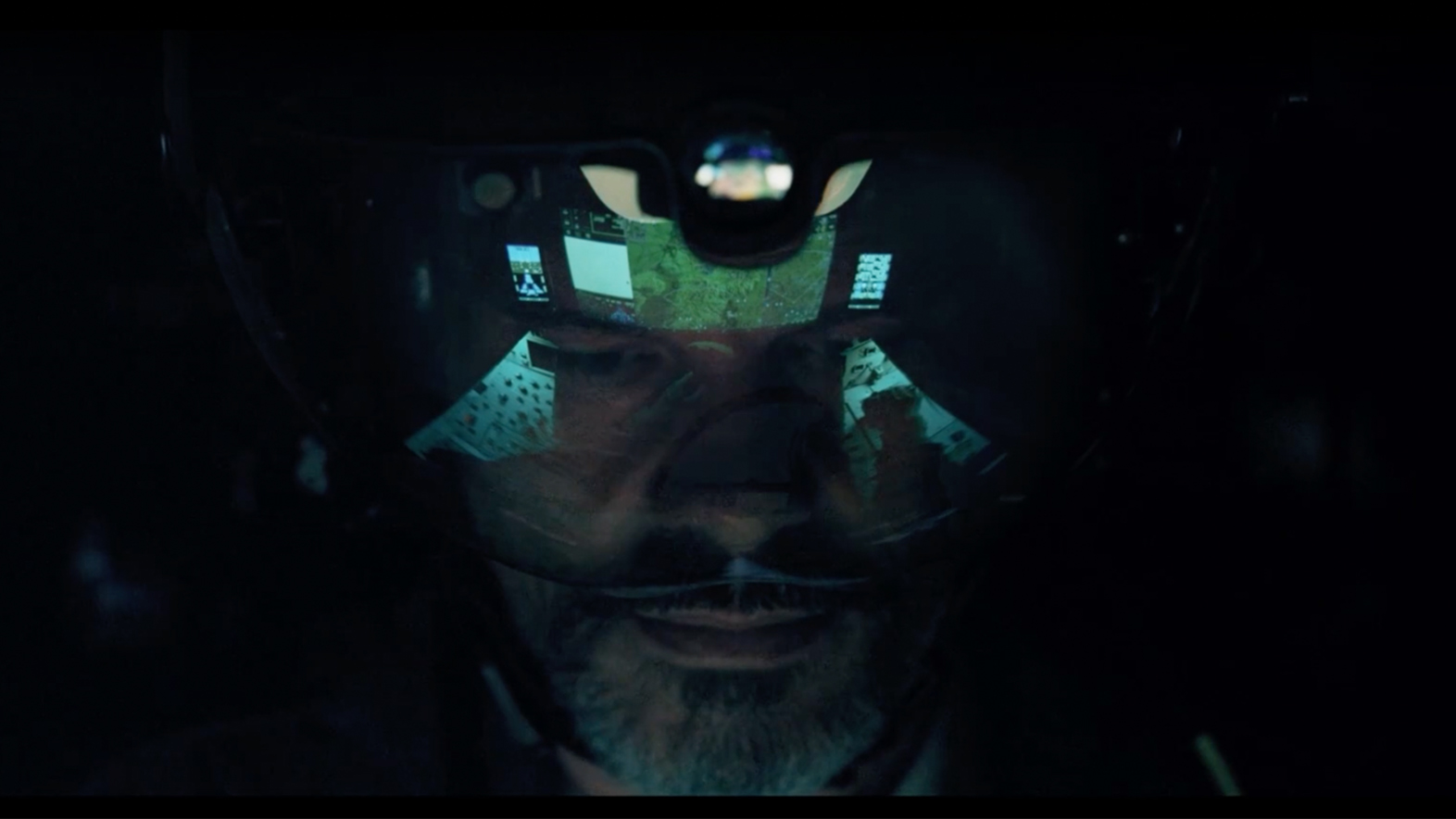
Richard Hamilton, managing director of Europe and International BAE Systems, said: "The Striker II helmet aims to give the next generation of Typhoon pilots a crucial advantage in what is an increasingly congested and contested battle space.
"This continued investment by the Eurofighter nations secures highly skilled jobs and enables our teams to further develop the helmet's capabilities and move it another step closer to production."
The helmet allows pilots to see through the body of the aircraft, providing a vital advantage when it comes to split-second decision-making.
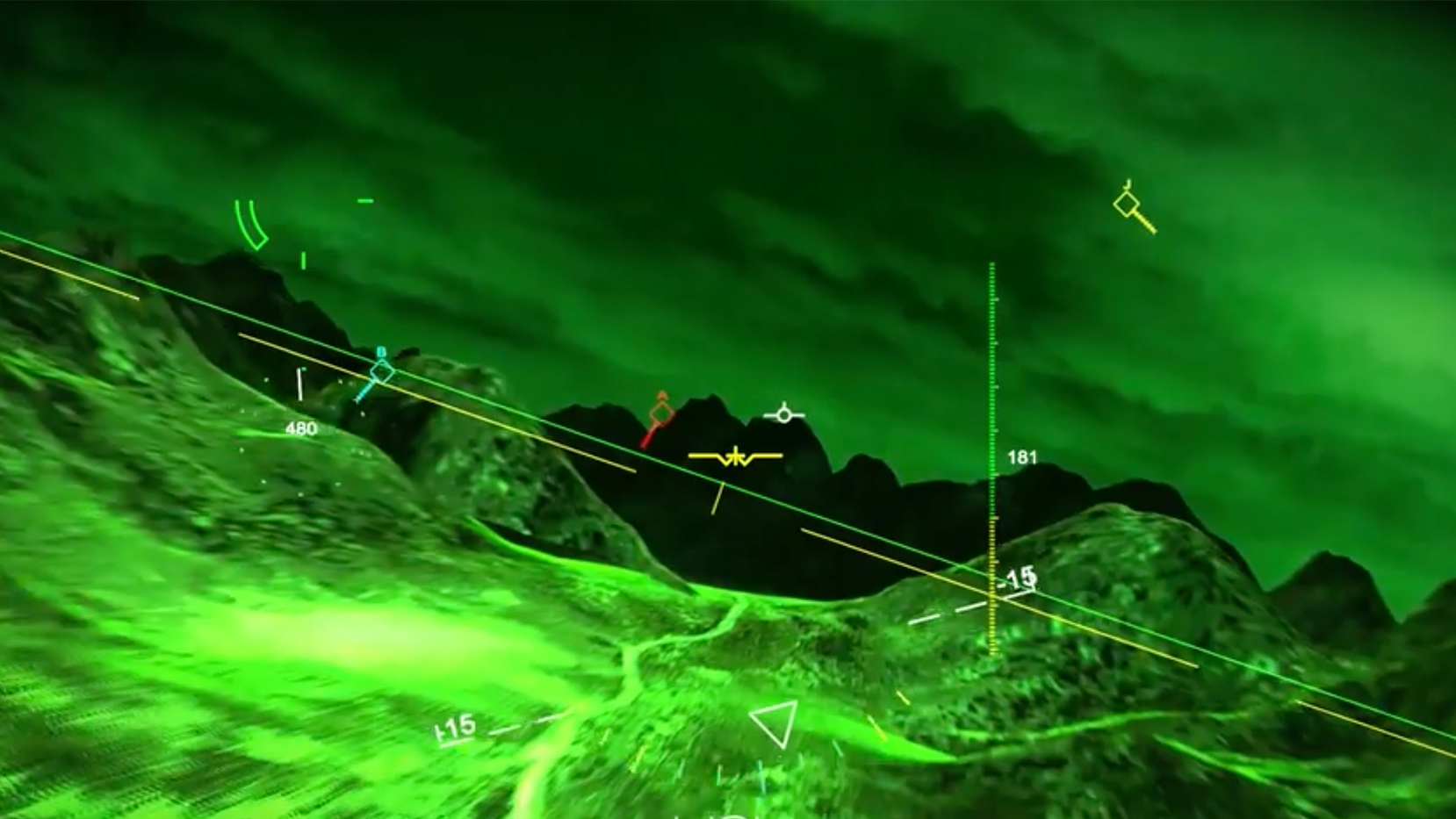
Using embedded optical sensors, the helmet can immediately calculate the pilot's exact head position and angle – meaning no matter where the pilot is looking, it displays accurate targeting information.
When flying in low light conditions, pilots are usually required to wear heavy and obtrusive night vision goggles over the top of their helmets which typically weigh about 500 grammes.
Striker II's integrated night vision means it is significantly lighter and allows pilots to fly for longer with less fatigue.
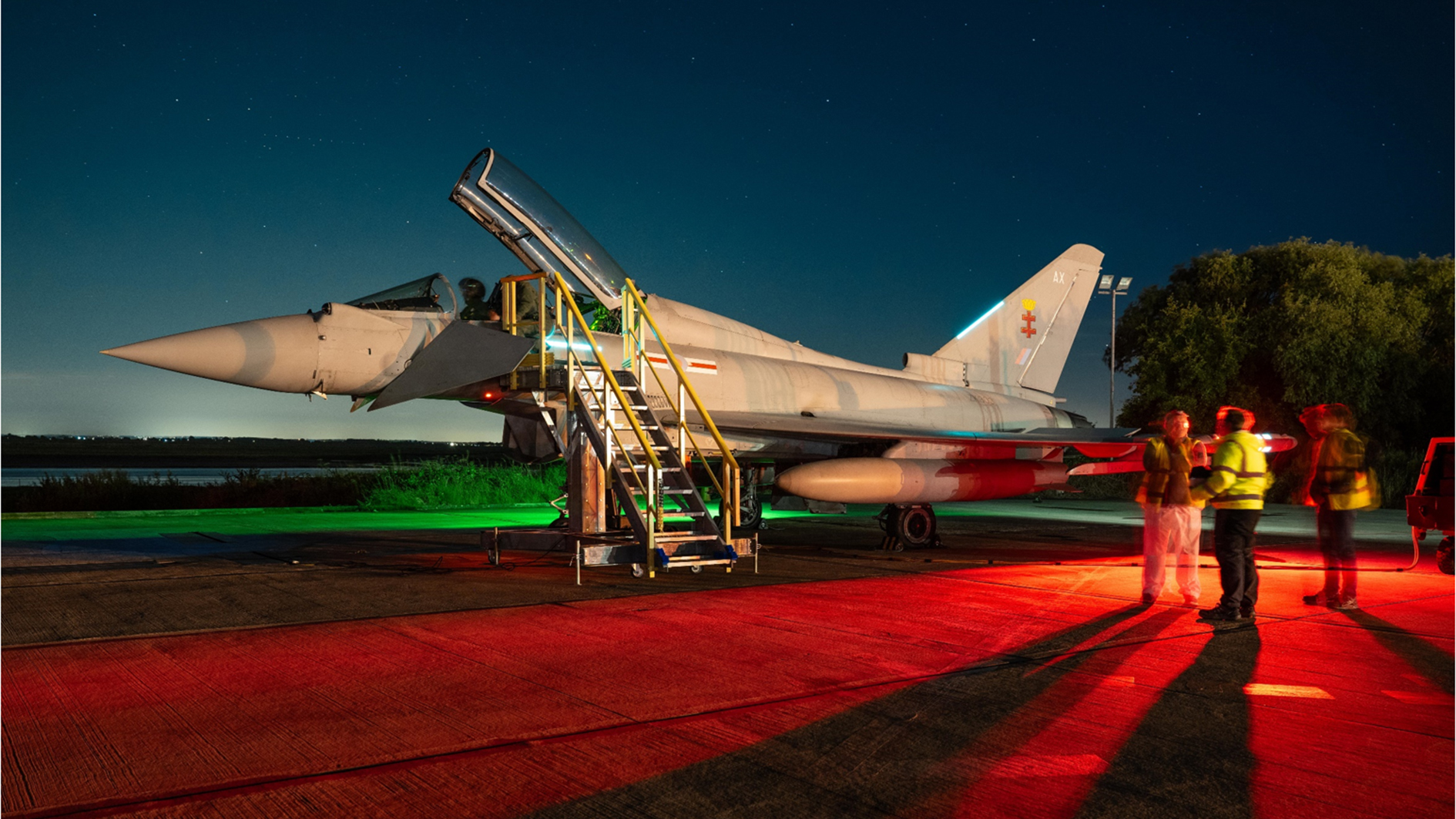
Finally, 3D audio gives the pilot 360° directional audio, so they hear a threat relevant to their position – these are just a few features among many installed in the state-of-the-art technology.
Simon Ellard, from the Nato Eurofighter and Tornado Management Agency, said: "The contract to further develop Striker II's capabilities will ensure that the Eurofighter remains cutting edge and at the forefront of innovation."

